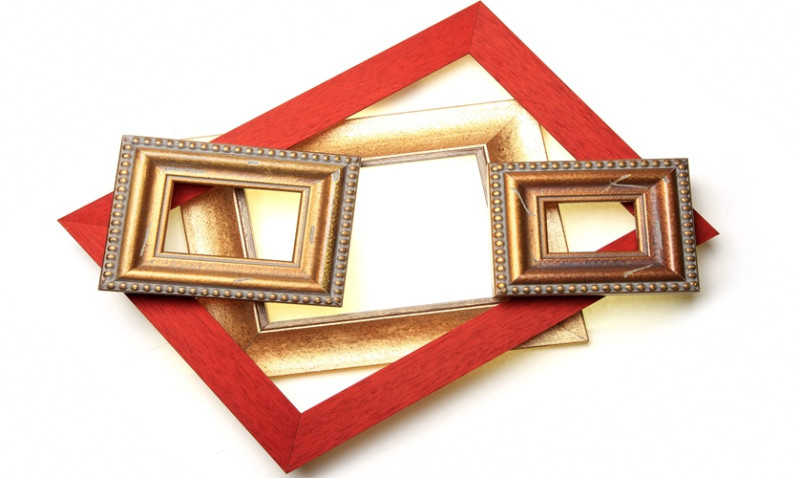
When it comes to selling art, most people instinctively focus on the artwork itself — the colours, techniques, and how well it matches a room’s aesthetic. But there’s a deeper truth that often goes unnoticed: people don’t just buy art, they buy into the artist. This idea, frequently echoed by professional artist and educator Lachri (Lisa Clough), sheds light on how the story behind the brush can be just as captivating as what’s on the canvas.
In the UK art scene — from interior decorators hunting for unique focal points to architects adding final touches to a space — there’s growing appreciation for the personality behind the paint. Whether you’re a professional tradesman sourcing pieces for clients or a first-time buyer adding life to your flat, understanding this dynamic can make a difference in what art you buy and how artists make meaningful sales.
Buyers Connect with Artists on a Personal Level
Art, at its core, is an emotional purchase. It’s not a shelf or a sofa; it doesn’t serve a functional purpose in the traditional sense. Instead, buyers choose pieces that make them feel something — excitement, nostalgia, peace, wonder. And often, those emotions arise not solely from the imagery, but from the artist’s journey, values, and unique voice.
Lachri teaches artists that their personal story is a powerful marketing tool. Fledgling collectors and everyday art buyers are interested in who the artist is, what inspires them, and how their background shapes what they create. The more someone understands about the artist, the deeper their connection to the work becomes.
Artists who engage online or in galleries — sharing videos, writing bios, discussing technique — do more than promote themselves. They invite viewers into their world. And that world, with all its passions and quirks, is what makes ordinary artwork unforgettable.
Trust Trumps Talent in a Crowded Market
With countless talented artists selling online, buyers are faced with infinite choices. In such a crowded market, trust becomes a key factor in converting browsers to buyers. People are simply more likely to invest in art when they feel they “know” the artist, even through a screen.
Professional designers and architects working under deadlines often prefer working with artists who are transparent, communicative, and professional. It builds confidence that they’ll receive high-quality, tailored pieces on time. These qualities can come through in an artist's biography, client reviews, or social media presence.
In this way, the artist’s reputation becomes part of the product. Selling art is no longer just about composition and contrast; it’s about reliability, story, and connection.
Artists Need to Show Their Faces, Not Just Their Work
One of the biggest mistakes emerging artists make is thinking their work should speak for itself. But buyers want more context. According to Lachri, putting yourself as the artist front and centre on your website, social channels, or gallery exhibitions adds immense value.
This doesn’t require elaborate personal storytelling. Simple things — behind-the-scenes photos, short videos explaining a piece, or honest blog posts — make an artist relatable. Especially for UK homeowners and creative professionals looking to adorn a space with authenticity, these personal touches matter.
Think of a young couple renovating their first home in Manchester or a designer styling a sleek office in Bristol: they’re not just looking for something pretty — they’re looking for a story to tell. “This piece was painted by a self-taught artist who finds inspiration in the Lake District.” That narrative becomes part of the décor!
High-End Clients Want Uniqueness, and That Comes from You
For architects, design firms, and tradesmen working with luxury clientele, the art they recommend or incorporate into projects has to offer exclusivity. And exclusivity doesn’t mean high price alone — it speaks to uniqueness, human touch, and the artist’s personal stamp.
UK professionals sourcing bespoke items appreciate when an artist offers more than just a canvas. They want customisation, limited series, or even artworks tied to local history. If you’re an artist selling your work, leaning into your personal heritage, local surroundings, or individual style makes your product stand out.
Collectors and interior professionals alike increasingly avoid mass-market art prints from faceless corporations. They’d rather invest in works that mean something and support a person, not a product line. Conveying yourself as the creative force behind each painting or sculpture makes a compelling business case.
How Artists Can Tell Their Story (Without Feeling Salesy)
You might be thinking: “But I’m not a marketer. I just want to make art.” The good news is, selling yourself doesn’t mean becoming a pushy salesperson. It means being visible and authentic.
Here are a few simple strategies artists can use to get started sharing their story:
- Create an ‘About Me’ page: Tell your audience who you are, what inspires you, and where you’re based.
- Use social media intentionally: Post snippets of your work in progress, studio shots, or personal reflections.
- Start a blog or vlog: Share your journey as an artist — your growth, struggles, process, and wins.
- Tell the story of your work: For each piece, include a description of its meaning, technique, and creative process.
- Set up mailing lists: This lets you speak directly to interested buyers, keeping your connection personal and direct.
None of this needs to be complex or professionally produced. Real is better than perfect — especially when it comes to building relationships that lead to sales.
Why This Matters for Buyers, Too
If you’re reading this as a potential art buyer — whether you’re decorating your home in Leeds or specifying details for a property in London — understanding the person behind the artwork matters. Because when you know the artist, you’re not just buying a painting; you’re buying a story, a connection, and perhaps even a friendship.
You’ll get more enjoyment out of something that resonates with you on a deeper level. You’ll be supporting individual creativity and contributing to a richer, more personal artistic culture in the UK.
So next time you browse an art fair or scroll through an artist’s website, take a moment to read about them. It may just draw you closer to the right piece — one that reflects your taste, your home, and your heart.
Final Thoughts — The Artist is the Brand
Lachri’s message strikes a chord: to succeed in selling art, artists need to understand that they are the product. It’s not vanity and it’s not marketing manipulation. It’s reality in today’s marketplace. Personality, authenticity, and connection sell art just as effectively as composition and colour theory.
For buyers, dealers, designers and DIY decorators across the UK, this makes the whole process of buying art more meaningful. You’re no longer selecting random objects to fit a space — you’re choosing individuals to be part of your home or project's story.
Embrace that mindset, whether you’re on the selling or buying side of the canvas. Because behind every beautiful brush stroke is a person — and it’s that person who truly brings the art to life.






